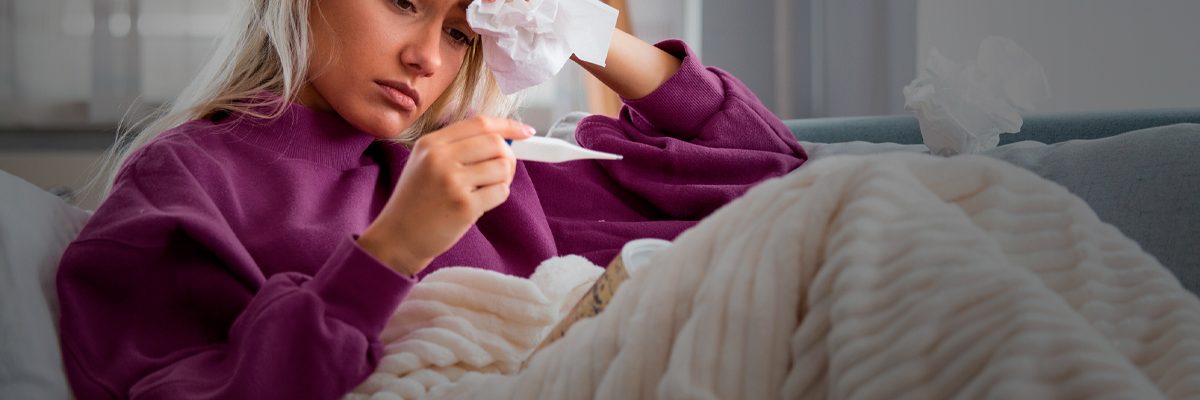Before 2019, the Middle East Respiratory Syndrome (MERS) and the Severe Acute Respiratory Syndrome (SARS) were already in existence and were caused by the known group of viruses that belong to the family of Coronaviruses. However, the Severe Acute Respiratory Syndrome Coronavirus 2 or SARS-CoV-2, a new strain of Coronavirus emanating from China, would emerge as a global pandemic that has claimed hundreds of thousands of lives worldwide. The disease caused by this virus is called COVID-19.
Although Coronavirus originated from Wuhan, China, by March 2020 the virus had been declared a pandemic by the World Health Organization (WHO). The prevention, treatment and search for a vaccine for COVID-19 is an ongoing
concern with public health organisations from around the world joining forces to control the spread and prevalence of the disease globally. Each Australian State and Territory government has been issuing regular updates on the spread of the virus and providing recommendations on how to prevent, control and even treat the pandemic.
COVID-19 is spread when a person is exposed to either oral or nasal droplets from an infected individual and this includes the saliva and mucus of the person with COVID-19.
Common Symptoms of COVID-19
The incubation period for a person infected by COVID-19 is between 2 to 14 days of exposure to disease. While the signs of COVID-19 may vary from one individual to another, there are some common symptoms to look out for.
The symptoms of COVID-19 can include;
- fever,
- cough,
- sore throat,
- tiredness,
- chills,
- runny nose,
- a temporary loss of the sense of smell and taste,
- difficulty breathing
- headaches,
- muscle aches or pains,
- joint pain,
- changes to sense of taste,
- diarrhea,
- vomiting,
- nausea,
In most cases, people who are infected with COVID-19 experience mild to moderate flu-like or respiratory illness.
It is important to note that the symptoms of COVID-19 exhibited by infected persons can vary in their severity. There are also people who are asymptomatic and show no signs of having COVID-19 even though test results suggest otherwise.
People at most risk of severe infection include:
- Those who are 70 years of age or older
- Those who are 65 years of age or older with chronic medical conditions,
- ATSI people who are 50 years of age or older who have a chronic medical condition
- Those with compromised immune systems
COVID-19 Transmission
COVID-19 can spread between people in the following main situations;
-When people come into direct contact with each other such as touching.
-When a person comes into contact with a contaminated surface or object. When people with the virus cough, sneeze or touch surfaces and objects, they leave virus droplets on these surfaces.
-When an infected person coughs or sneezes in a confined space where other people (free of the virus) are gathered.
-When an uninfected person is exposed to the nasal or oral secretion of an infected individual.
Infected people can pass on COVID-19 to others whether they have symptoms or not. Most of the time people transmit COVID-19 to others when they have symptoms but they can also transmit it at least 24 hours before they develop symptoms.
It can take up to 14 days for symptoms to commence after a person has been infected with the coronavirus. This period is called the ‘incubation period’.
To avoid being exposed to the droplets of the virus, you need to observe the social distancing protocol of maintaining a minimum distance of 1.5 metres from other individuals, wash your hands regularly with soap and water or an alcohol sanitiser, clean surfaces regularly
You should also wear a surgical mask to help prevent your droplets from reaching others and also to help protect you from being exposed to other people's droplets as well. Where tissue paper or a hanky is not available, use your bent elbow to cover your mouth and nose when you cough or sneeze.
Testing and Diagnosing COVID-19
The testing for COVID-19 involves the taking samples via a swab from the back of the throat and nose. The swabs will then be sent for testing of COVID-19 to designated health laboratories .
COVID-19 Treatment
There is currently no specific treatment for COVID-19. Isolation of confirmed cases prevent a further spread of the disease to others. For mild cases of COVID-19 isolation at home is appropriate. Moderate or severe cases or where there is higher risk of complications are best managed in a public hospital.
Recovering from Coronavirus Symptoms
Recovery from the symptoms of COVID-19 will vary from one person to another. Healthy individuals are more likely to recover from the disease quicker than other people and in some cases, the symptoms may resolve in just a few days. Confirmed cases require a formal period of isolation until they are formally released from isolation by their local public health unit or their treating clinician.
Those with underlying health concerns may take longer to recover from COVID-19 and recovery could be slow as well. People with chronic medical conditions can take several weeks to fully recover from a coronavirus infection . In severe cases, COVID-19 can be fatal.

